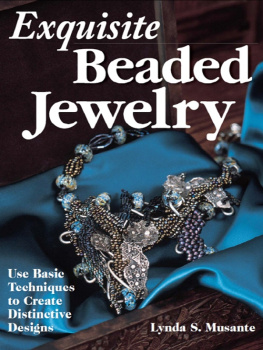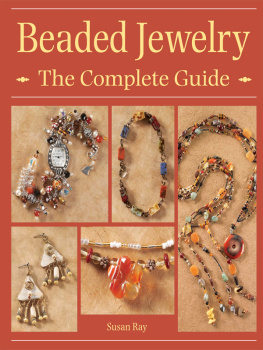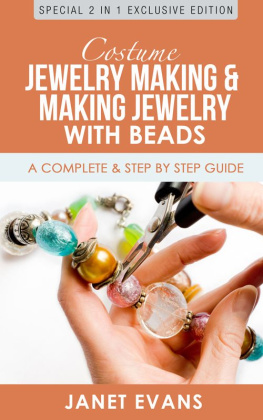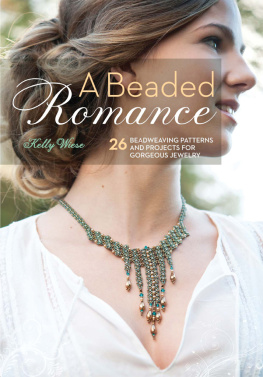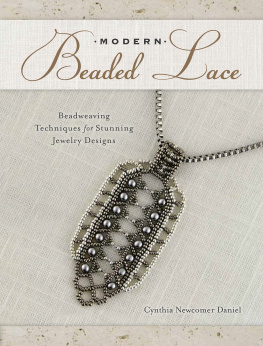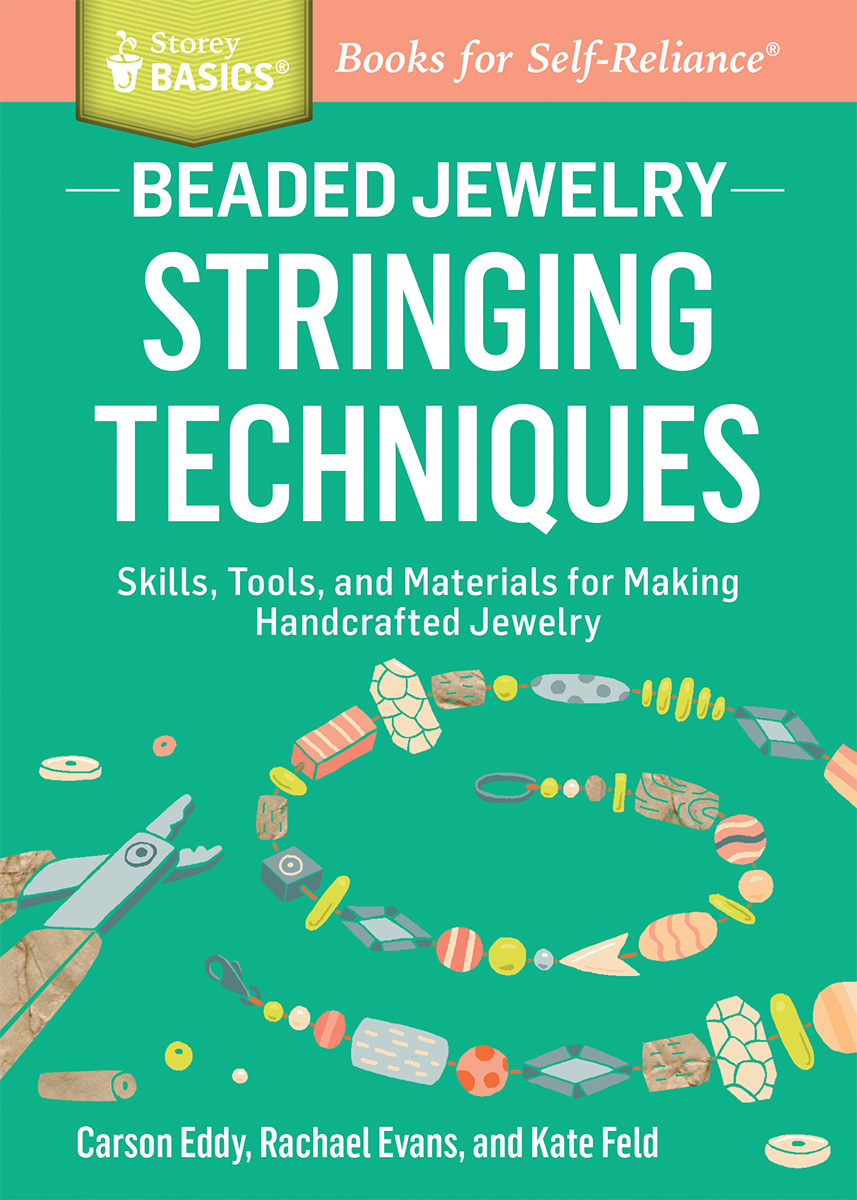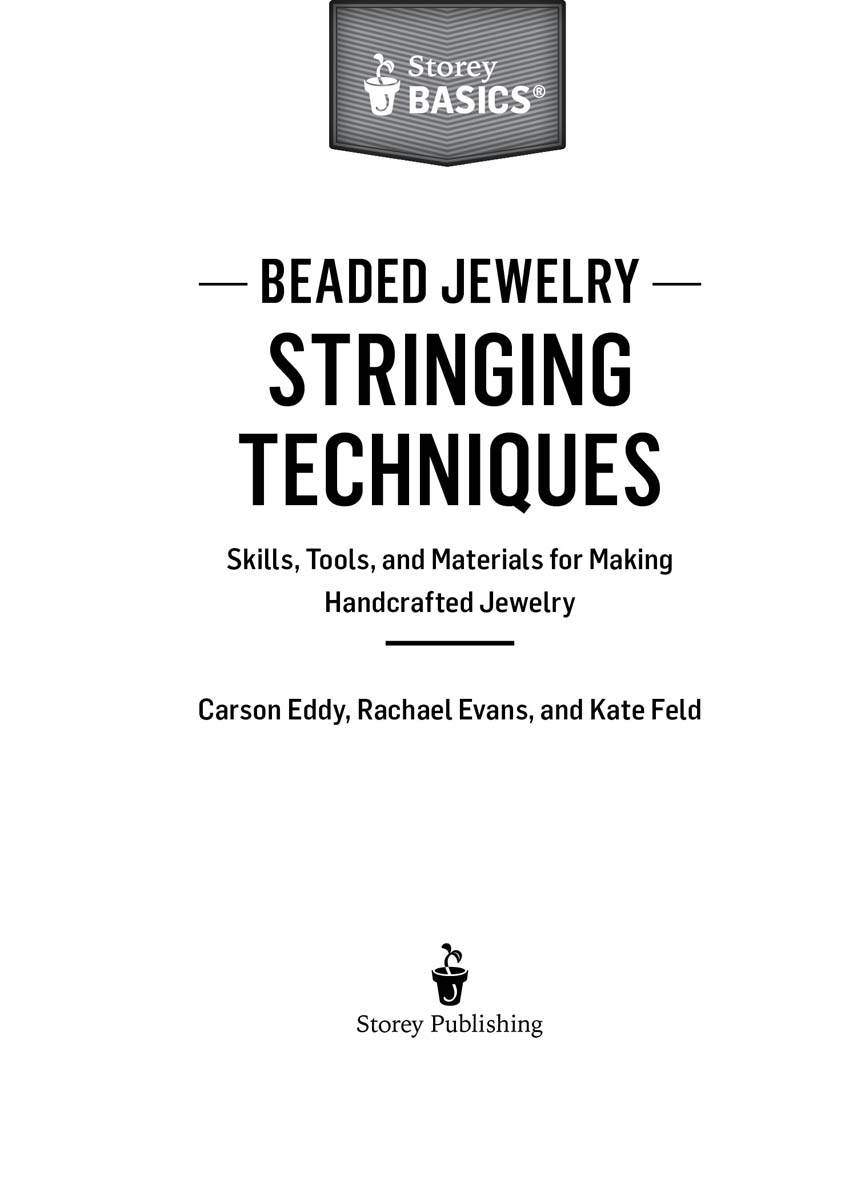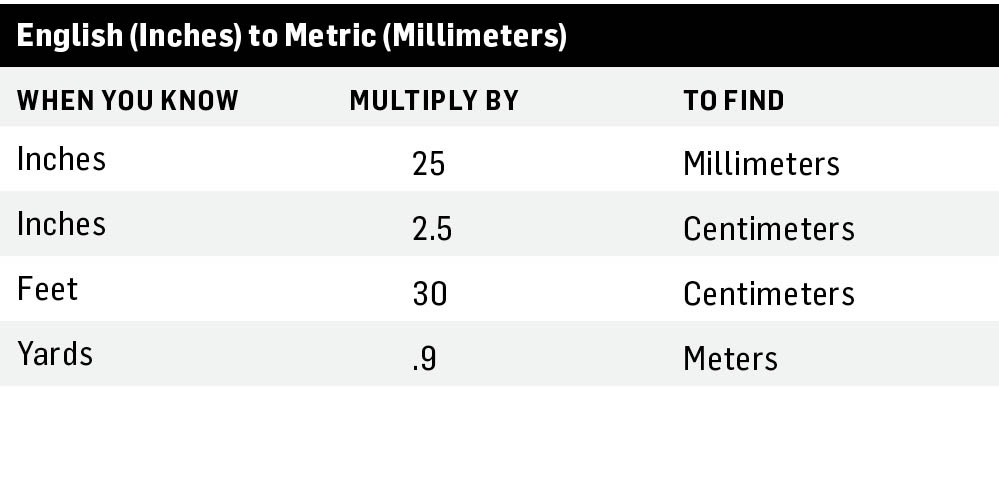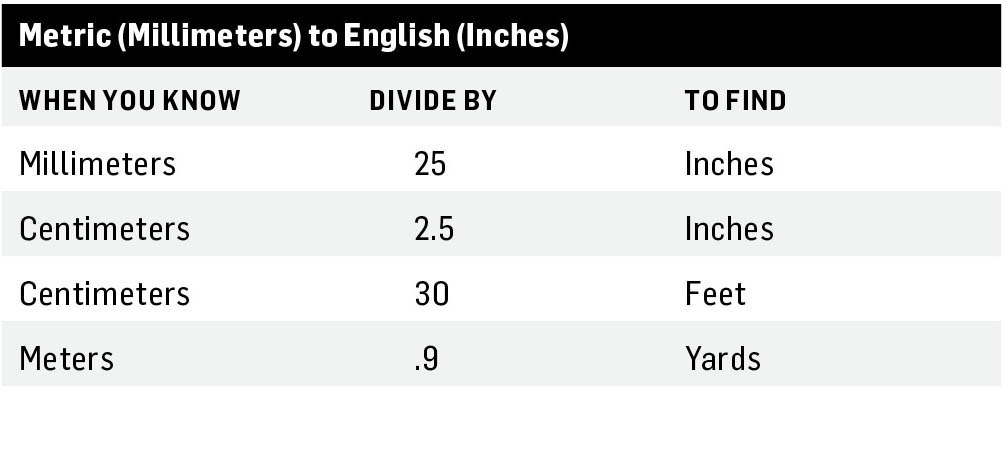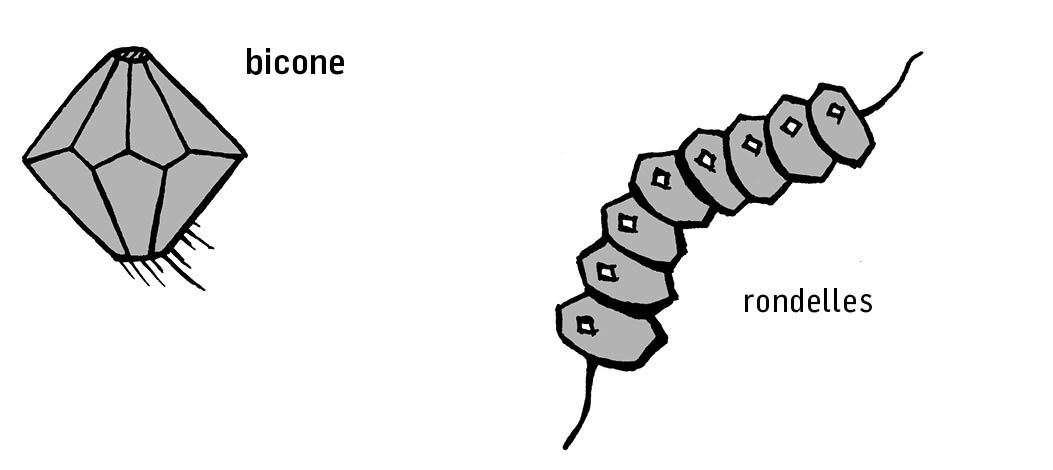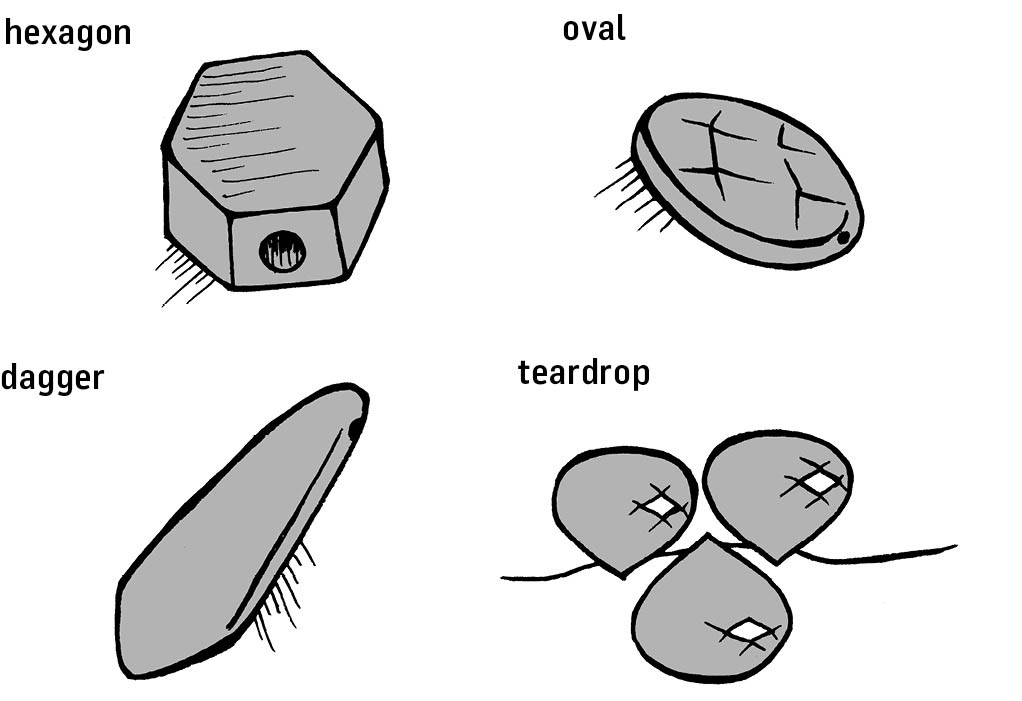Contents
We dedicate this book to our grandmothers, who instilled a love of jewelry in each of us by letting us play in their jewelry boxes.
Introduction
Beautiful beads and the desire to adorn ourselves inspire us to learn how to make beaded bracelets and necklaces. Beads are made from every imaginable material and are distinguished from other ornamentation by the fact that they have a hole in them for stringing. Just about anything that can have a hole drilled through it can be a bead.
In addition to beads, other elements involved in making beaded jewelry include stringing materials, findings, and clasps. This book is designed as an easy reference guide to help you learn a new vocabulary and teach you the basics of stringing beaded jewelry.
Selecting beads that you love is always the best way to begin! Beads come in a nearly endless array of materials, colors, shapes, sizes, and finishes, which can make shopping for beads in a bead shop, at a bead show, or on the Internet a little overwhelming. Shopping in person is always best. You can select beads that are beautiful to look at, feel nice against the skin, and work well together in jewelry designs. Small, independently owned bead shops, unlike big box stores or the Internet, are staffed by knowledgeable jewelry makers who are usually an excellent resource.
Together we bring over 40 years of experience as bead buyers, jewelry makers, and lovers of beads to this book. Over the years we have learned that encouraging the mastery of basic jewelry-making skills has been the key to success for our customers and students. We also believe that being knowledgeable about beads and jewelry-making supplies is very important. We hope you will find this book useful and will keep it as a handy reference for many years to come.
Carson, Rachael, and Kate
Chapter One
Bead Basics
If you have been inspired to make your own beaded jewelry, you may be wondering where to begin. Learning as much as you can about beads, stringing materials, and jewelry-making components is a great place to start. In addition to knowing about the many different sizes, shapes, and styles of beads that you can work with, it is useful to learn about jewelry styles and how jewelry is constructed.
It is particularly useful to develop an understanding of how beads are grouped and categorized. In most cases, they are grouped in overlapping categories that include shape and size, hole size and drill style, and material and surface treatment. Learning to recognize how beads are crafted, manufactured, or cut is also helpful when evaluating the cost of beads and determining if you are paying a fair price.
Bead Sizes
Beads come in a vast array of sizes, allowing the jewelry maker to create a wide range of jewelry styles. Bead size may be determined by a particular manufacturing technique or by the material being drilled, formed, or extruded; or it may simply be the aesthetic of the bead maker. Beads are generally sized in millimeters, with basic round beads starting at 2 millimeters and ranging to 20 millimeters on up. Shaped beads come in a wide range of dimensions as well.
Conversion Charts
Because beads are sold in millimeter dimensions and jewelry is frequently designed in inches, being able to quickly convert inches into millimeters and millimeters into inches is useful. The following charts are a quick reference for easily converting dimensions.
Bead Shapes
The list of bead shapes is nearly endless, and new shapes are being developed all the time. By far the most common bead shape is round or spherical. Other shapes fall loosely into three overlapping categories dimensional, geometric, and drop.
In addition to round beads, other basic dimensional shapes include barrels, bicones, cubes, dice, rondelles, saucers, and tubes. Organically shaped dimensional beads include chips, nuggets, and pebbles.
Basic geometric bead shapes include coins, hexagons, octagons, ovals, rectangles, and squares. Common bead drop shapes include daggers, teardrops, and briolettes. Briolettes are traditionally defined as pear-shaped, faceted drops with a tip drill, but bead vendors and beaders refer to all gemstone drops (faceted and unfaceted) with a tip drill or front drill as briolettes (see ). Other shapes include teardrop, onion, and heart.
To make this list even longer, many of these bead shapes also come in cut, flat, window-paned, puffed, or twisted versions. Regardless of shape, the color and other special qualities of a bead material are best showcased by a smooth surface. For added dimension and sparkle, beads may be cut or manufactured with a faceted surface. Facets are little cuts on the sides of beads. Both smooth and faceted beads come in a wide range of sizes.
Bead Holes
Whatever material they are made of, beads can be drilled with a range of bead hole sizes and in a number of different directions. The size of a bead hole and the drill style inform the choice of stringing material for a particular project. Bead hole size and drill style also determine how a single bead or a set of beads will sit or hang when strung. It is always important to consider bead hole size and drill style when selecting beads for particular beaded necklace or bracelet projects.
Tech Tip
When the beads in a project have different holes sizes, match the diameter of the stringing material to the bead with the smallest hole. If the beads all have large holes, try using a large diameter stringing material, multiple strands of cording, or spacer beads with smaller holes to get the project to hang correctly.
Bead hole size corresponds directly to stringing material diameter. Bead hole sizes range from .05 millimeter in a tiny gemstone, pearl, or seed bead to over 4 millimeters in a large-hole bead. The most common bead hole sizes are from 1 to 2 millimeters.
When you are planning a project, start with selecting the beads. It is always a good idea to choose ones with similarly sized holes. If there is a noticeable difference in bead hole size, you can use spacer beads and bead caps to mask some of the variations, but if the variation is too great, the beads will not lie smoothly next to one another on the stringing material. Once you have selected all the beads for a project, you can decide what the most appropriate stringing material is.


